Anaerobic Septic Systems are Inefficient – Aerobic Bacteria Are Critical To Saving Failed Septic Systems
Anaerobic septic system or Aerobic? Which types is better, learn why.
- Aero-Stream’s® Highly efficient oxygen loving Aerobic bacteria reduce wastewater strength more than 90% in the septic tank. Therefore, the drainfield must perform only 10% or less of the water cleansing.
- The inefficient oxygen hating anaerobic bacteria in a standard septic tank reduce the wastewater strength only 30% – 40%. Therefore, the drain field must perform 60% – 70% of the water cleansing.
- Converting your septic tank to energetic oxygen loving bacteria with the Aero-Stream product reduces the work load on your drainfield allowing it to recover.

- Oxygen loving bacteria dramatically improve the quality of wastewater leaving a septic tank versus standard oxygen hating bacteria.
- Oxygen hating bacteria in a standard septic tank produce rotten egg-like odor.
Oxygen loving bacteria tanks have only an earthy musty sent-like topsoil. - Oxygen hating bacteria systems produce corrosive hydrogen sulfide gas that deteriorate metal and concrete tanks and distribution boxes.
Background Information
Incoming sewage or influent arrives in the septic tank containing both oxygen loving and oxygen hating bacteria. It is important to understand the following:
- Aerobic Bacteria needs oxygen to live.
- Anaerobic Bacteria do not need oxygen to live.
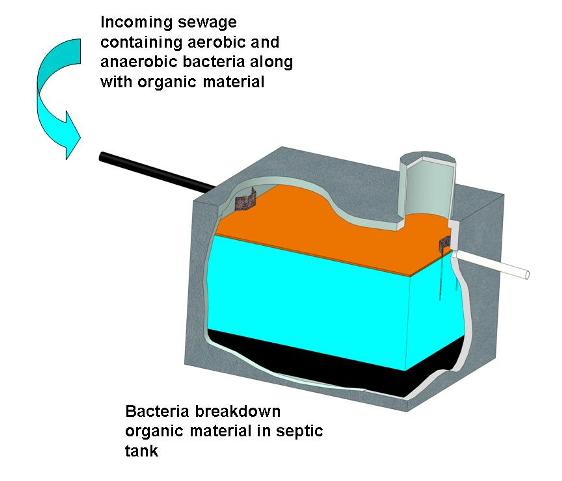
Why Do Septic Tanks Produce Odor?
Oxygen hating bacteria in standard septic tanks emit a rotten egg like odor.
The odor is a characteristic of corrosive hydrogen sulfide gas, a byproduct of the oxygen hating bacteria.
Both anaerobic and aerobic respiration processes need to have atoms or molecules willing to accept electrons to get the respiration processes started. Aerobic respiration uses oxygen, one of nature’s best electron acceptors.
Anaerobic respiration, however, must settle for less efficient options like sulfate (containing sulfur atoms). When the chemical reactions are completed, the odorous and corrosive hydrogen sulfide gas is eventually produced. If you need to replace your septic tank riser we offer a complete line of durable septic risers.
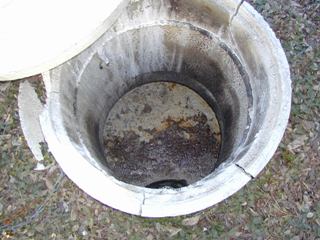
Why Aerobic is Superior to Anaerobic
Converting an anaerobic septic tank to an aerobic one will save a failing septic system. This is because there is a huge difference in the ability of aerobic bacteria to breakdown organic material as compared to anaerobic bacteria:
- aerobic bacteria will generate 20 times or more energy from the same amount of organic material than anaerobic bacteria.
- aerobic bacteria will reproduce and consume organic material at an explosive rate as compared to anaerobic bacteria.
For large municipal wastewater treatment plants, aeration and aerobic treatment of wastewater has been in use for more than 100 years.
For residential and commercial septic systems, introducing aerobic bacterial environments in septic tanks created through a carefully controlled aeration process reduces the amount of organic material leaving the septic tank by 90% or more.
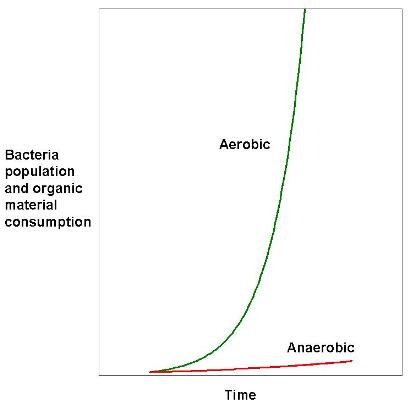
This is how Aero-Stream’s patented septic aeration process successfully remediates and extends the life of failed and failing septic systems for a fraction of the cost of septic system replacement.
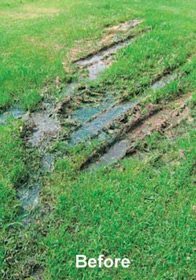
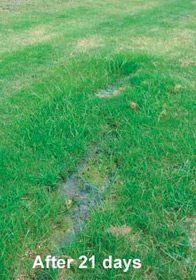

Ready to convert your septic system to an efficient aerobic environment? Install an Aero-Stream remediation system and we guarantee to fix your failing system or get your money back!
FAQs
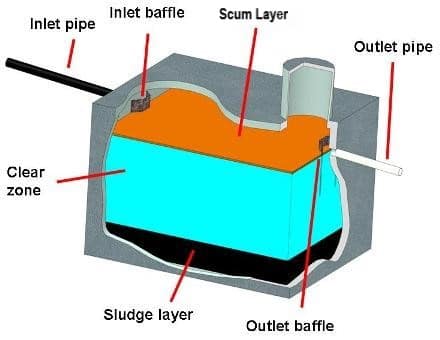 An anaerobic septic system has three distinct layer in the tank. A scum layer made of fats, oils and grease. The center section is the clear zone. this has light suspended organic material in the water. The bottom of the tank has a sludge layer. This is made of inorganic material and biosolid waste.
An anaerobic septic system has three distinct layer in the tank. A scum layer made of fats, oils and grease. The center section is the clear zone. this has light suspended organic material in the water. The bottom of the tank has a sludge layer. This is made of inorganic material and biosolid waste.

